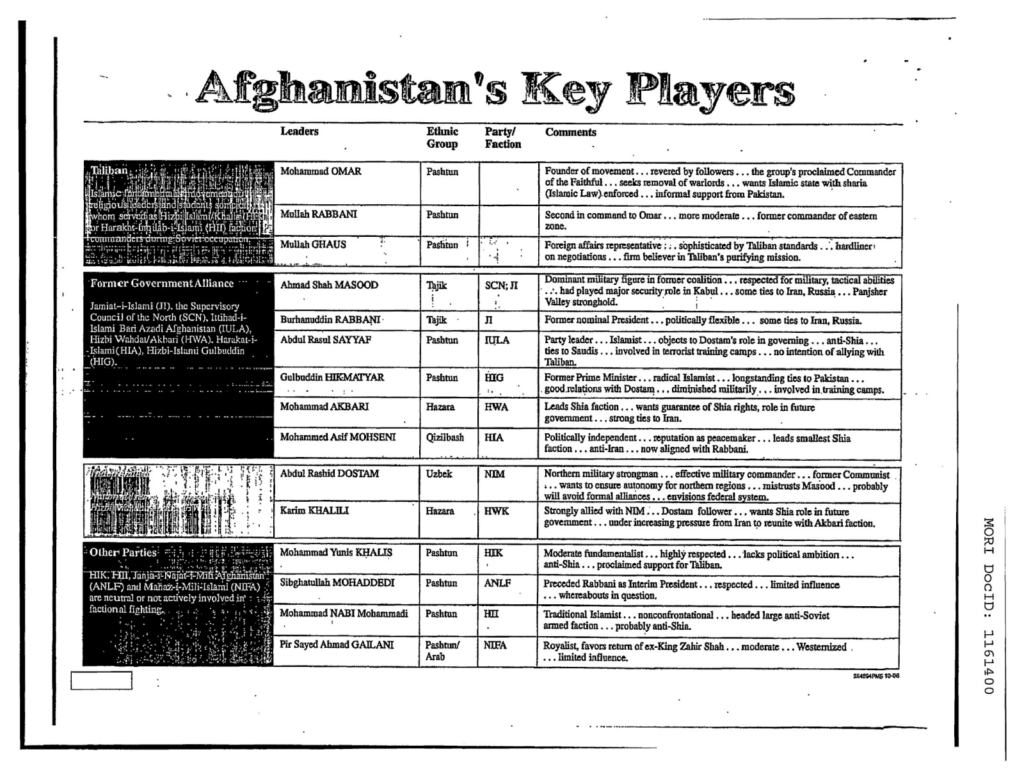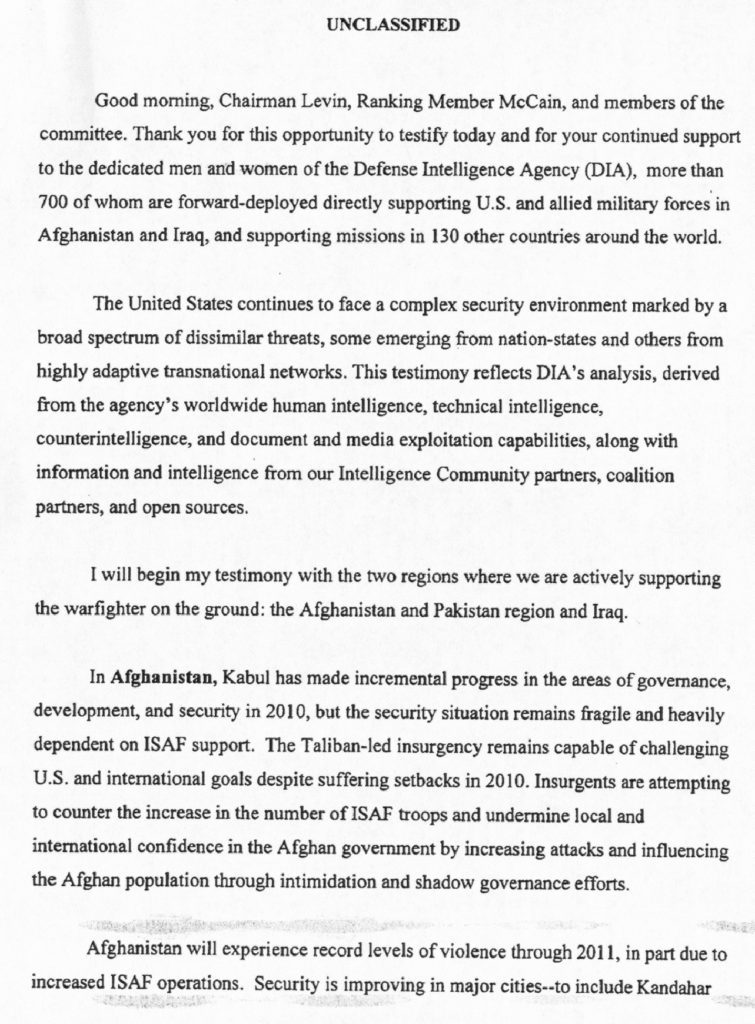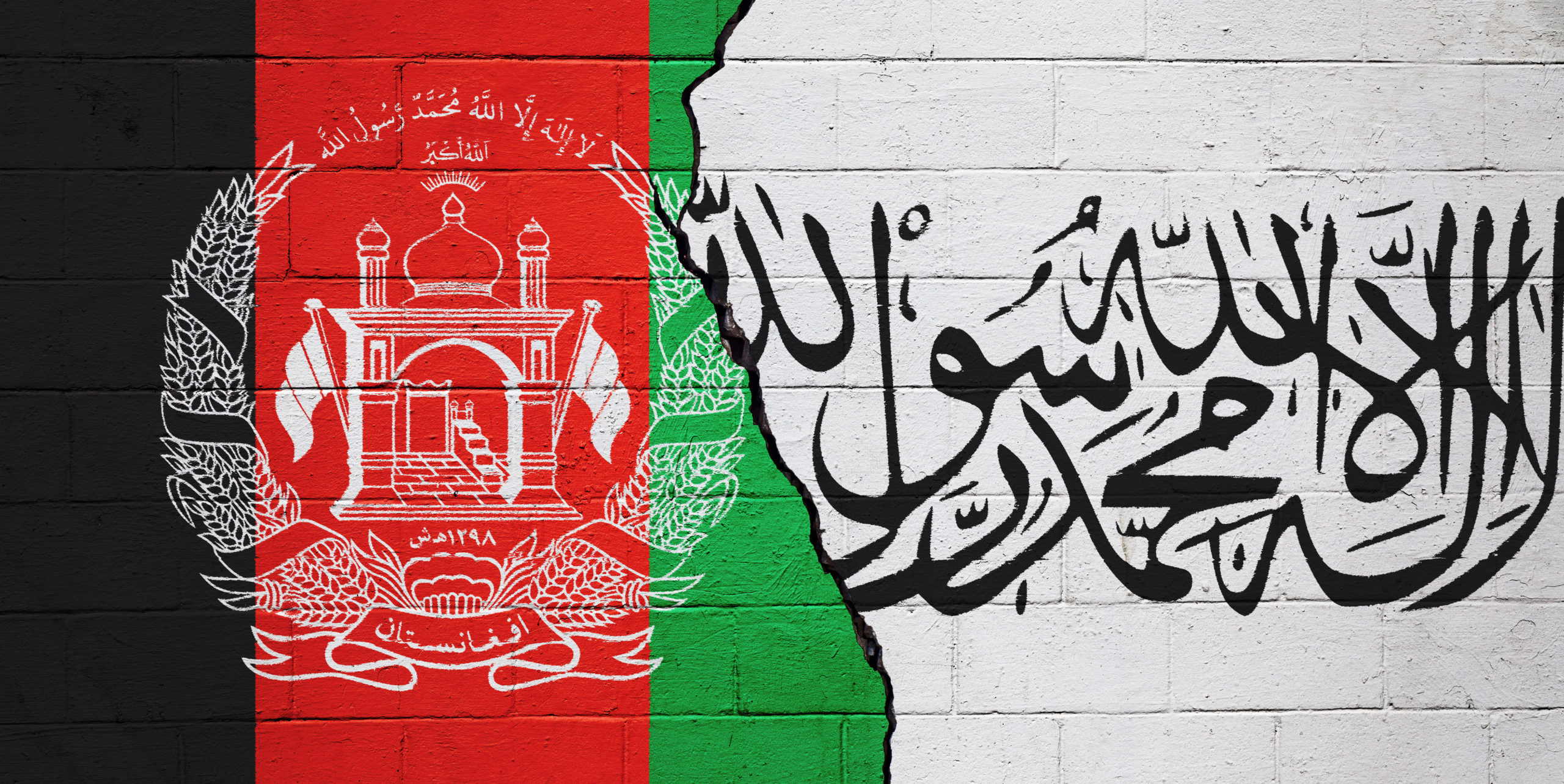| By Gale Staff |
Last year, the Kabul government fell, and subsequently fell under the control of the Taliban, becoming the Islamic Emirate of Afghanistan. Without U.S. backing, funding dried up and the economy collapsed, leaving in its wake rampant unemployment and hunger. Afghans found themselves subject once again to a national recalibration brought about by a deeply conservative movement (page 7), where women are ordered to cover their faces or wear a burqa to leave the house, and girls are locked out of school beyond grade six. Western ideas are, by and large, no longer tolerated.

As educators, librarians, and administrators, you may be struggling not only to make sense of this sudden and dramatic shift in political calculus but also to explain its history to students in a way that holds personal meaning for them. Gale’s Declassified Documents Online: Twentieth-Century British Intelligence archive, U.S. Declassified Documents Online archive, and Early Arabic Printed Books from the British Library help provide context by giving students access to detailed, classified documents and other primary sources, including behind-the-scenes communications gathered by the U.S. and British central intelligence agencies.
Students and Scholars for Civil Order
The origin of the Taliban is a great rallying point for educators as they attempt to connect those historical threads to contemporary events because it began with a group of students and academics. Taliban means “students” in Pashto (a Pashtun tribal language). After the Afghan War, a small group of religious students and scholars, led by Mullah Omar, banded together to fight crime and corruption in the Afghan government. They were responding to a lack of civil order outside of Kabul, a condition that led to the extortion and assault of Afghans, which was imposed by warlords and local militias.
Schools of Islamic sciences, or madrassas, in southern Afghanistan and northern Pakistan were also a source of protection. Former Afghan Taliban fighters associated with these schools functioned as peacekeepers with local warlords and helped to bring more stability to the Kandahār province, eventually spilling out into other areas. As a result, this small faction of fighters quickly grew into a larger Islamist movement, which is today known as the Taliban. By 1996, they successfully seized control of Kabul and most of Afghanistan.
Cold War Politics and Power Dynamics
Unfortunately, most histories are shaped by conflict at some time or another. The history of the Taliban is steeped in conflict and can be traced back to the Cold War in 1978, when a group of revolutionaries seized power in Kabul with the intent to impose socialism in Afghanistan. In the summer of 1979, as a matter of foreign policy, the United States began to send money to emergent groups that were engaging in jihad in the name of Islamism, calling themselves mujahideen and raising the ire of the Soviet Union. This activity led to the Soviet Invasion of 1979, which was seen as a security threat to both Afghanistan and Iran, during which these groups were able to fight off the Red Army using guerilla tactics with support from the United States and, more specifically, the Central Intelligence Agency (CIA).

During the Soviet troop withdrawal, groups of mujahideen managed to form a temporary coalition that, through an insurgency, would take control of Kabul in 1992 and establish an Islamic state. This backdrop also set the stage for the Taliban regime taking control of Afghanistan in 1996. Amid a civil war, Afghan civilians desperate for a regime change looked to a group of young mujahideen and their brand of Robin Hood–like justice to restore the country.
Making Sense of Societal Norms through Research
For many students, some images of this conflict have been indelibly burned into their brains, through the news cycle and in the classroom. It’s difficult to fathom living in a society subject to the unreasonably strict social mores of an ultraconservative movement. Supporting your students with war in Afghanistan primary sources from the Declassified Documents Online series can lead to research with the power to bridge the gap between knowledge and understanding, not just regarding the Taliban forming but also the religious ideology and legal concepts that persist today.
Not all Afghans were content under Taliban rule. Under this rigid system, women were completely excluded from public life (page 203). They couldn’t hold jobs and were discouraged from pursuing an education. Any relics identified as artistic expression outside of Islam were destroyed; television, music, and cinema were banned; and strict dress codes were enforced. Harsh criminal punishments also became routine under Sharia law (page 48), including public executions of adulterers and convicted murderers, as well as amputations for those charged with theft.
Transitions in Power
Your students may question the dynamics of the group as their stronghold over the country waxed and waned. Declassified Documents Online enables students and educators to delve into public sentiment, political conditions, and documented struggles through Taliban primary sources. In 2001 Afghan Taliban fighters had a stronghold over most of the country. Pakistan, Saudi Arabia, and the United Arab Emirates (UAE) were the only countries of the international community to recognize the Taliban regime when they were in power in Afghanistan. Many see Pakistan as the “architect” of the Taliban, as most were educated in Pakistani madrassas.
Several countries, including the United States, were disturbed by Afghanistan’s human rights offenses under the leadership of the Taliban, and their willingness to take in Osama bin Laden, who had helped organize al-Qaeda to fight during the Afghan War. Al-Qaeda became an Islamist militant power-sharing network on a mission of violence to free the Islamic world from non-Muslim influence. This resulted in several attacks on the United States, including the World Trade Center in New York City and the Pentagon, just outside of Washington, DC, on September 11, 2001.
Shortly after, Osama bin Laden and al-Qaeda were found responsible for the attacks, and the war on terror was declared by the United States. After Mullah Omar refused to extradite bin Laden, a U.S.-led military response in October 2001 ensued—a conflict in the Islamic Republic of Afghanistan that would lead to the Taliban’s demise. At that time, Taliban leaders, including bin Laden, avoided capture during one of the largest recorded manhunts in the world. In addition to bombing Afghanistan, the United States and its allies also supported a group of anti-Taliban factions to the north, called the Northern Alliance, toppling the Taliban.

Despite their dwindling numbers, the Taliban would survive and reemerge during the Afghanistan War, which lasted for more than a decade, from 2001 until 2014. The recruiting efforts of this religious organization had become much more sophisticated, enticing Afghan civilians upset by the destruction they associated with the ongoing U.S. and North Atlantic Treaty Organization (NATO) military operations and the ongoing corruption of their own government. Modeling its tactics after the war in Iraq, the group resorted to suicide bombings and improvised explosive devices to command attention.
An End of an Era
What led to the recent withdrawal of American troops in Afghanistan? And why was the country so quick to revert to a life devoid of U.S. support? Leading up to the de-escalation, another leadership change in 2015, after Omar died, led to Akhtar Mansour, his second-in-command, who shortly after his appointment died in a U.S. air strike in Pakistan. It was the Haqqani network, the militant wing of the Taliban, that got the most traction. The Afghan government struggled to gain control of the region, which led President Hamid Karzai to seek reconciliation with the group. Sirajuddin Haqqani refused to acknowledge President Karzai, instead insisting on talks with the United States as a legitimate act of diplomacy.
A deal was eventually signed after extensive peace talks in February 2020, calling for a full withdrawal of U.S. troops over 14 months. Also negotiated was the end of attacks by al-Qaida, the Islamic State of Iraq and Syria (ISIS), and their affiliates, as well as their operation in Afghanistan. After the United States’ full withdrawal in April 2021, at the direction of Hibatullah Akhundzada, Taliban fighters eagerly and swiftly gained control of the nation of Afghanistan. Mazār-e Sharīf marked the 25th provincial city to be captured in August 2021.
Sources:
Al Jazeera, “The History of the Taliban,” August 18, 2021.
BBC News, “Who Are the Taliban?” August 18, 2021.
Britannica, “Taliban,” updated June 3, 2022.
Tong, Scott, “A Modern History of Afghanistan and the Taliban,” WBUR, August 17, 2021.
Wahdatyar, Hashim, “Five Prominent Challenges for the Taliban,” Politics Today, September 24, 2021.
All Things Considered, “NPR Travel to Afghanistan for the 1st Time since the Taliban Took Over,” June 9, 2022.]
Gannon, Kathy, “Afghanistan under the Taliban: Tense Present, Bleak Future,” The Diplomat, February 15, 2022.

